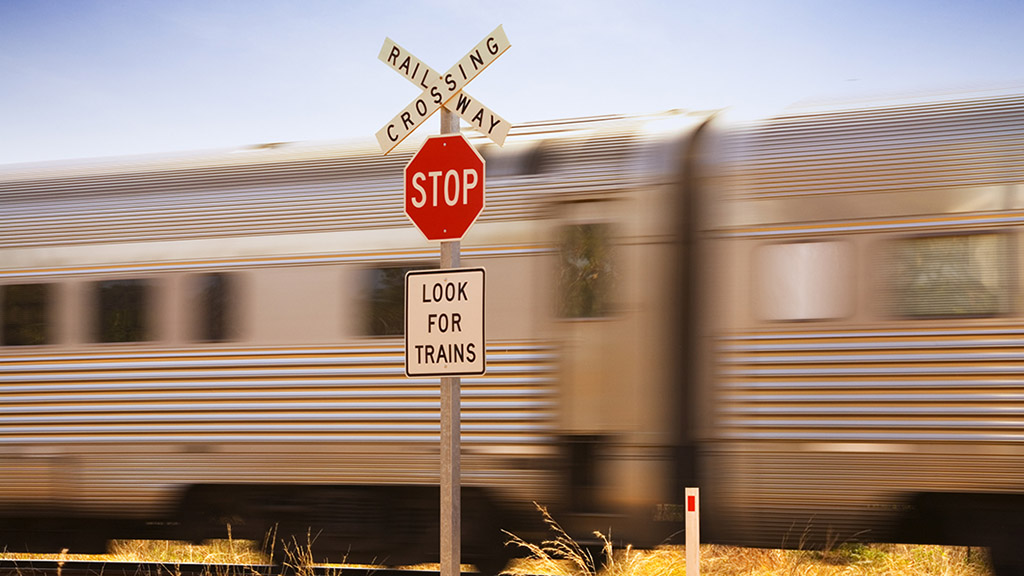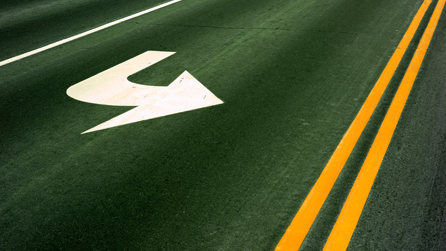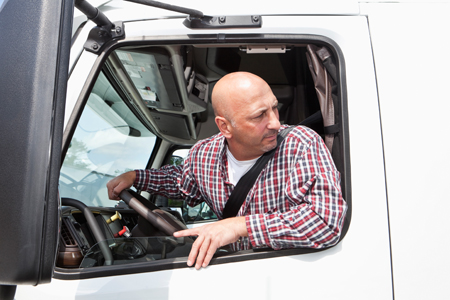Railroad-Highway Crossing Safety

Railroad-highway crossing accidents are among the deadliest types of vehicle crashes, and they occur more frequently than you may think. According to the Federal Railroad Administration, nearly 2,300 highway-railroad grade crossing accidents occur each year. That might not seem like a big number compared to other types of crashes, but when they occur, they can be very serious.
Some drivers fail to see approaching trains despite their imposing size. It’s also not unusual to be fooled by the illusion that a train is farther away and moving slower than it really is. Keep in mind that a train traveling 60 mph can take a mile or more to stop. If you are not certain you have enough time to safely cross the tracks, don’t take the risk!
Under federal and most state regulations, many commercial vehicles are required by law to slow or stop at railroad crossings. Company-specific policies may also apply. Federal and state motor carrier safety regulations require vehicles transporting some placarded quantities of hazardous materials to stop at least 15 feet, but not more than 50 feet, from the tracks. The driver must listen and look in each direction along the tracks for an approaching train and should only proceed after determining it is safe to do so.
The probability of having an accident at a railroad crossing can increase during adverse weather or low visibility. Trains can be hard to see, especially at night, because they are usually dark colored and lack reflective surfaces or lights. Under these conditions, it is a good idea to slow down or stop at all railroad crossings to look and listen.
Some railroad crossings are located on an elevated grade that may not offer enough undercarriage clearance for some trailers. Drivers need to make sure they won’t be stranded on the tracks.
If your vehicle does become stuck, it’s important to act quickly. Exit your vehicle and contact emergency response personnel. Find the railroad’s emergency phone number and the DOT crossing identification number posted near the crossing and call 911. Report that a vehicle is on the tracks and provide the location, crossing number and name of the road or highway that crosses the tracks.
Railroad crossing safety reminders
- Any time is “train time.” Typical rush hour schedules do not apply to trains.
- Warn others that you are slowing down by using your four-way flashers as you prepare to slow down or stop at a crossing.
- Look both ways several times.
- Never race a train to cross the tracks.
- Roll down your windows, turn off the radio and listen for whistles or bells.
- Where there are multiple tracks, always make sure that all tracks are clear before proceeding.
- Always yield to flashing lights, whistles and crossing gates.
- Never assume railroad-crossing lights and gates are working properly. Always check for an approaching train.
- Make sure trailer jacks or landing gear are fully retracted to avoid becoming stuck on the tracks.
Above all, be patient. Waiting for a train to clear the tracks only takes a few minutes. That is a small price to pay to avoid a serious collision.
DOC#: LCT704
1 RAILROAD CROSSING AND TRESPASS PREVENTION INITIATIVE, FEDERAL RAILROAD ADMINISTRATION WEBSITE ACCESSED JULY 2016, HTTP://WWW.FRA.DOT.GOV/PAGE/P0844.





